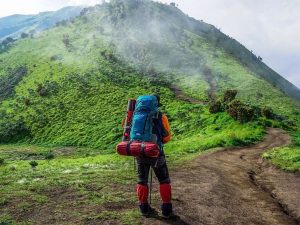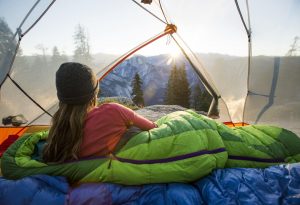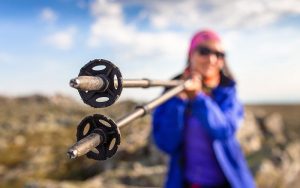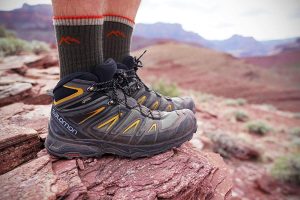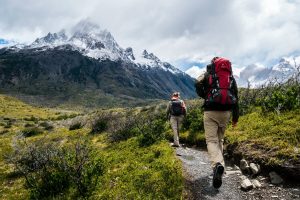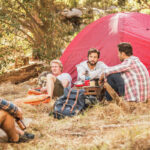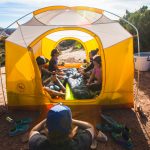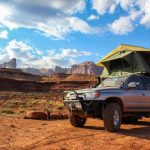Choosing the right tent can be a tough decision. With so many options on the market, it can be difficult to decide what is best for you and your camping needs. This guide will teach you all about tents, including how to choose between different types of tents, materials used in making them, and other factors that are important when choosing a tent for yourself or someone else.
What To Look For
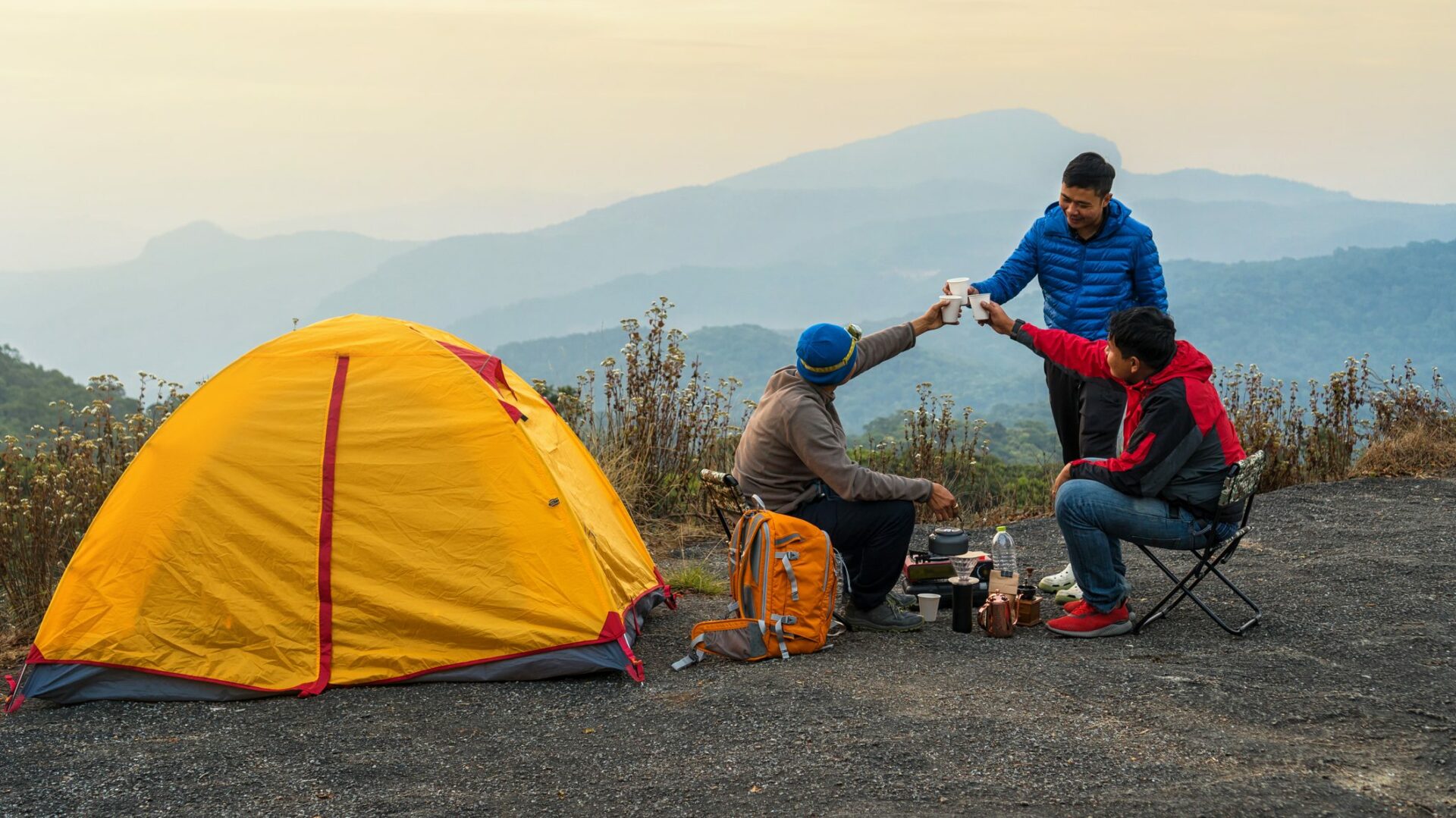
Table of Contents
Tents Seasonality
The first factor to consider when choosing a tent is whether or not you will be camping in the winter
- 2-Season Tents: Two-season tents are not meant for winter. They can be used in the summer and early fall before it starts to get cold.
- 3-Season Tents: If you plan on camping during the summer or early fall, a three-season tent is probably your best bet. These tents are made with mesh panels and breathable material that allows for airflow to avoid condensation build-up inside of them.
- 3-4 Season Tents: If you plan on camping during the spring and fall, or even in mild winter weather conditions (snow accumulations of less than a foot), then this type is best for you.
- Winter Tents: If you are planning to camp in areas where there will be significant snow accumulation throughout the season, such as ski-touring through snowy mountains, then you will need a winter tent. Winter tents are almost like mini houses with their thick fabric and durability.
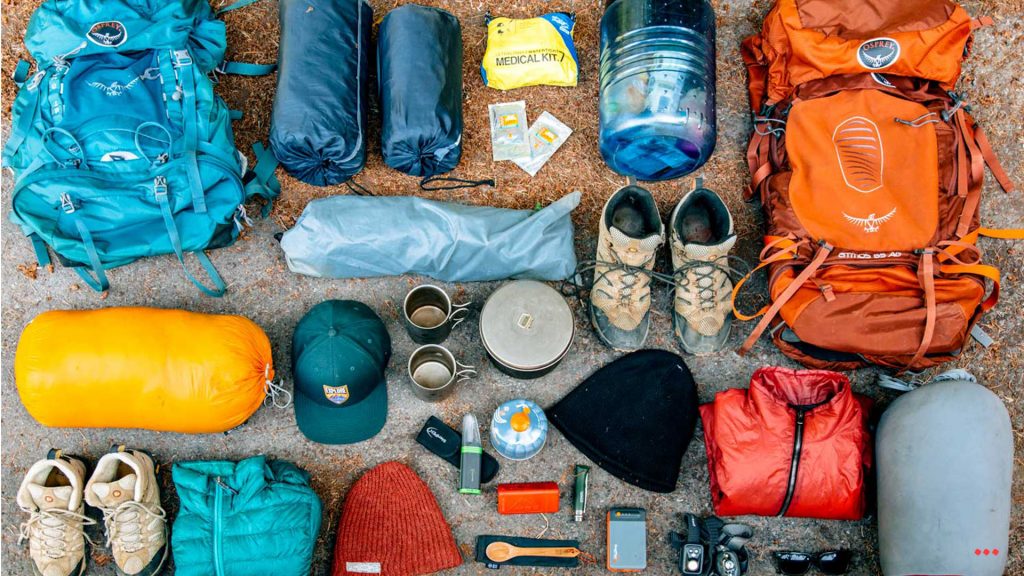
Tent Types
Tents come in all different shapes and sizes. Some are very basic and intended to be used by campers who go out for one night. Others can accommodate larger groups of people, while some even have separate rooms within them. Here is a list of the different types of tents that you may want to consider when choosing your tent:
- Dome Tents: Dome tents are very popular among campers for their ease of use and structure that is easy to set up on any surface. They provide cover from all angles while offering much ventilation due to the mesh walls. A lot of dome tents have a fly that covers up the mesh panels which can be used in inclement weather but is not recommended for sub-freezing temperatures.
- Tunnel Tents: Tunnel tents are also very popular among campers because they are easy to set up and offer protection from all angles. They are most popular with campers who like to go on long backpacking trips and need a lightweight tent. Tunnel tents offer the most ventilation of all types due to their dome-like structure but can be susceptible to wind damage because they have no fly.
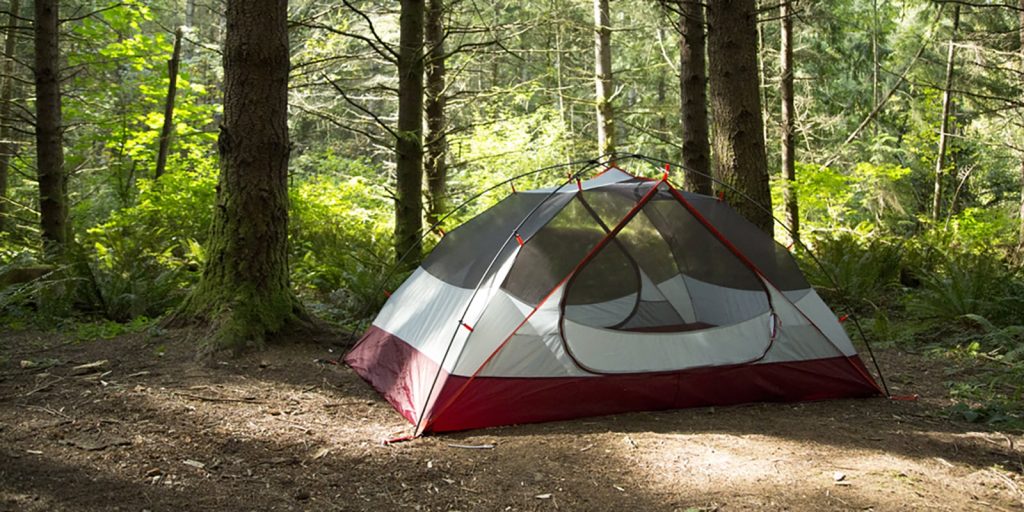
- Geodesic Tents: Geodesic tents provide more support than other types of tents. They are most popular among campers who like to go on long backpacking trips and need a lightweight tent because they offer much ventilation due to their dome-like structure but can be susceptible to wind damage if there is no fly.
- Cabin Tents: Cabin-style tents are very spacious inside which makes them ideal for families to use for camping. They are also very easy to set up and offer much protection from the elements due to their large structure, but they can be heavy when carrying long distances because of all the extra material used in them.
- Screened Tents: Screen tents have to mesh walls for ventilation while still providing privacy during camping trips. The best part about these types is their flexibility in use as you can add a screen room to them for more space and protection from the elements.
- Bell Tents: Bell tents are perfect for family camping because they offer so much space inside of them. They also provide excellent protection from the elements due to their strong structure and are very easy to set up.
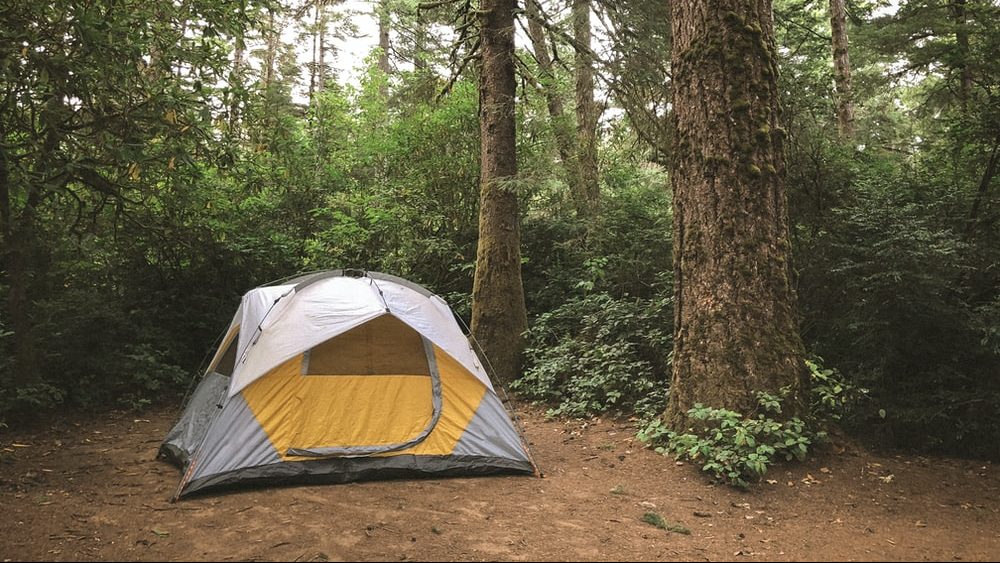
- Hexagonal Tents: Hexagonal tents have become popular in recent years because they offer so much room inside of them. They are also easy to set up and offer great protection from the elements because of their structure but can be heavy when carrying long distances.
- Pop-up Tents: Pop-up tents are very popular among campers because they offer excellent protection from the elements and can be set up in seconds without any hassle. They are also very lightweight and easy to carry which makes them popular among campers who like to go on long backpacking trips.
- Inflatable Tents: Inflatable tents are also very popular among campers for their lightweight structure and ease of use. They can be set up in seconds, although they can be a little more difficult to carry long distances.
- Backpacking Tents: Backpacking tents are the most lightweight of all types and are intended for campers who go on long backpacking trips. They offer excellent protection from the elements and can be easy to carry long distances depending on their size.
- Roof Tents: Roof tents are popping up everywhere these days because they offer the convenience of being able to set them up anywhere. They can be placed on top of your car or truck for ease of use and provide excellent protection from the elements.

Tent Sizes
Before buying a tent, you should consider the size of your party in order to get one that will provide adequate space and protection. Here is a list of the different sizes that tents come in:
- One-person Tent: One-person tents are the most compact of all types and are intended for campers who go out by themselves. They are also the lightest type of tent which makes them ideal for backpackers who need to carry their equipment long distances.
- Two-person Tent: Two-person tents are very popular among campers because they are lightweight, easy to set up, and offer plenty of space inside. They are also very affordable which makes them attractive to campers who like to go out on short trips.
- Three-person Tent: Three-person tents are a popular choice because they provide plenty of room for two people and some gear. They are ideal for couples who like to take their dogs on camping trips with them but still want enough room so they don’t feel crowded.
- Four-person Tent: Four-person tents offer the most room of all types of tents and accommodate large families well. They also have a lot of storage space which makes them great for campers who like to take their gear on camping trips with them.
- Six-person Tent: Six-person tents are ideal for large families or groups of friends who like to camp together. They offer plenty of space and storage which makes them great for campers who like to take their gear on camping trips with them.
- Eight-person Tent: Eight-person tents are ideal for large family camping trips or groups of friends.

Types of Tent Pole Materials
- Aluminum: Aluminum is a lightweight and durable material that is used in many tents. It has the advantage of being reasonably priced while still being strong and durable.
- Fiberglass: While fiberglass is a lightweight material, it breaks easily during poor handling which makes it a less popular choice.
- Composite: Composite poles are often made of aluminum and fiberglass which makes them a good combination for durability, strength, and weight.
- Inflatable: Inflatable air beams are an alternative to traditional poles. They offer the advantage of being lightweight and compact, but they do require batteries or a manual pump to inflate.
Tent Features
When choosing a tent, there are some additional features that you should look out for. Here is a list of the most common ones:
- Rainfly: The rain fly is a waterproof covering that goes over the top of your tent to protect it from water. They are available in numerous shapes and sizes, depending on the type of tent that you buy.
- Tent Poles: The poles are made out of aluminum or fiberglass and help the tent to stay upright. They also play a role in keeping it waterproof by protecting seams that are exposed on the outside of tents.
- Vestibules: Vestibules are covered areas that extend out from the front of your tent to provide an area for you to store your gear. They are usually covered and part of the rain fly so they also protect your equipment from water when it is raining outside.
- Stakes: Stakes are metal pieces that help your tent stay upright and secure during windy conditions. They also protect it from water by keeping the bottom of your tent on the ground and covering any seams that are exposed.
- Guy Lines: These are ropes that help your tent stay upright during windy conditions. They are attached to the tent and held down by stakes in the ground.
- Side Windows: Side windows are not ideal because they allow water to get inside of your tent if it rains.
- Screened Areas: Screen areas are also an issue because they break down quickly and do not protect you from bugs.
- Tent Footprints: Tent footprints are an additional layer on the floor of your tent that protects it from getting damaged. They can be made out of a variety of materials, including plastic and nylon.
- Interior Storage: Some tents come with pockets or other storage areas inside of them to help you keep your gear organized.
- Bug netting: Bug netting is a fine mesh that covers the area around your head to keep pesky bugs away from you

Tent Fabric
The fabric that your tent is made from will have an impact on the weight, weather resistance, and overall durability of your shelter. Here is a list of some common choices:
- Polyester: Polyester is lightweight and quick to dry which makes it ideal for hot, humid conditions. It is also breathable which allows air to circulate inside of your tent and keep you cool during the summer months.
- Nylon: Nylon is lightweight, durable, and quick to dry which makes it one of the most popular choices for tent fabrics. It is also easy to clean which makes it a good choice if you like to camp in dusty areas.
What to Avoid When Choosing a Tent
There are some things that you should avoid when choosing a tent in order to ensure good quality and durability.
- One of the most common mistakes that campers make when they are trying to choose a new tent is overspending. While it is true that you get what you pay for, there are some good quality tents at affordable prices.
- If you are buying a tent for the first time, choose one that is made out of durable material, has plenty of interior space, and comes with a rainfly and tent poles.
- Cheap zippers are a sign of poor quality. They are more likely to break and will not last as long. Look for high-quality YKK zippers that can handle frequent use.
- Do not buy a tent that does not come with guy lines or stakes. It is important to use them during windy conditions and they are also useful for keeping your tent and rainfly secure during heavy downpours.
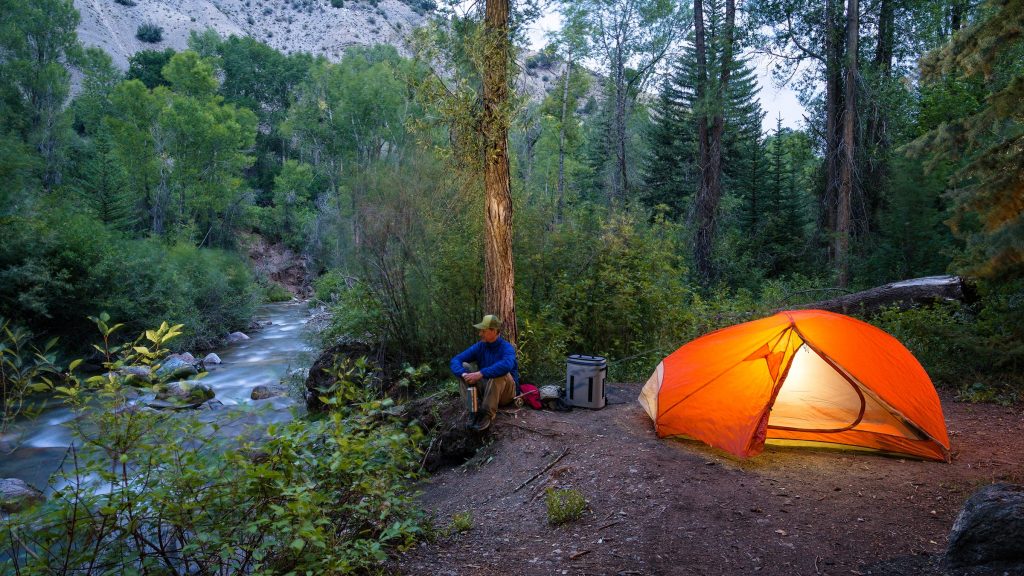
Question to Ask Yourself Before You Buy a Tent
- How many people will this tent fit?
- Do I need it to be lightweight or heavy-duty?
- Do I need it to be roomy for tall people, or do I just have a small family that will use the tent?
- Do I need it to be easy to set up or is this not a huge issue for me?
- Will we need additional accessories, such as a footprint or rainfly?
- Do I have the budget for this tent?
- What is my return policy?
- What features do I need or want in my tent?
- Will I be camping in warm or cold weather?
- Do I need additional storage space, such as pockets inside the tent?
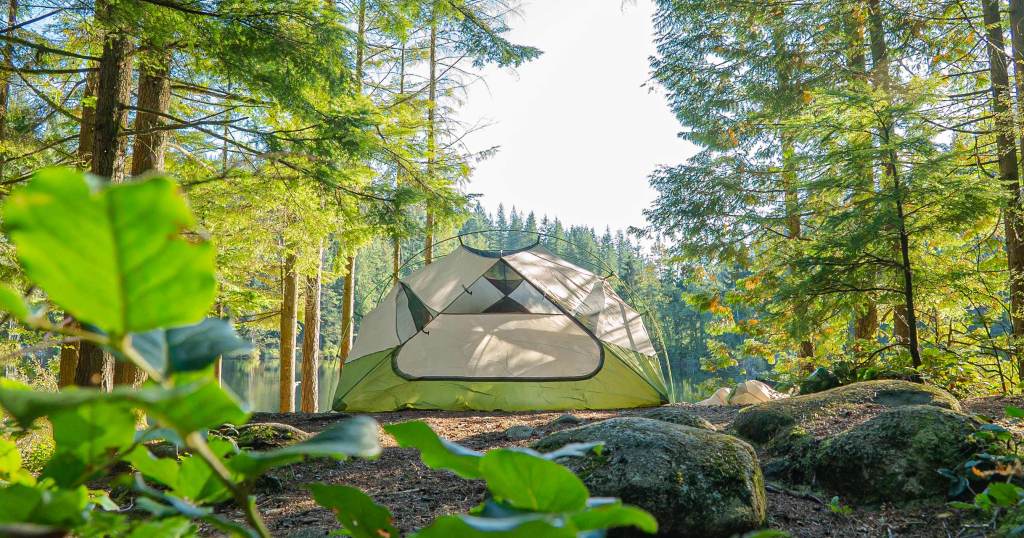
Tent Care: Tips for Taking care of Your New Tent
- Do not store your tent in a compressed state for long periods of time. This will cause the fabric to become brittle and it could break.
- Dry your tent out before storing it. Water can be absorbed by the fabric even if you do not see any on the surface.
- Do not set up your tent if the fabric is wet. It will stretch and this could cause damage to the materials in it.
- Always have your tent professionally cleaned or washed if it has been exposed to smoke, ash, or other dirt particles.
- Take care of your zippers so they can last as long as possible. If you see that the teeth are bending, apply some wax to lubricate them and make them work smoothly.
- After using your tent, move all of the poles and stakes to one area so you can easily find them when you need to take them down again.
- Store your tent in a cool, dry location so the fabric does not deteriorate when it is not in use.
- Clean the mud off your boots before you enter your tent so no dirt or debris is tracked inside of it.
- Inspect your tent thoroughly before you pack it away at the end of your trip. If there are any holes or weak spots, repair them before you put them away.
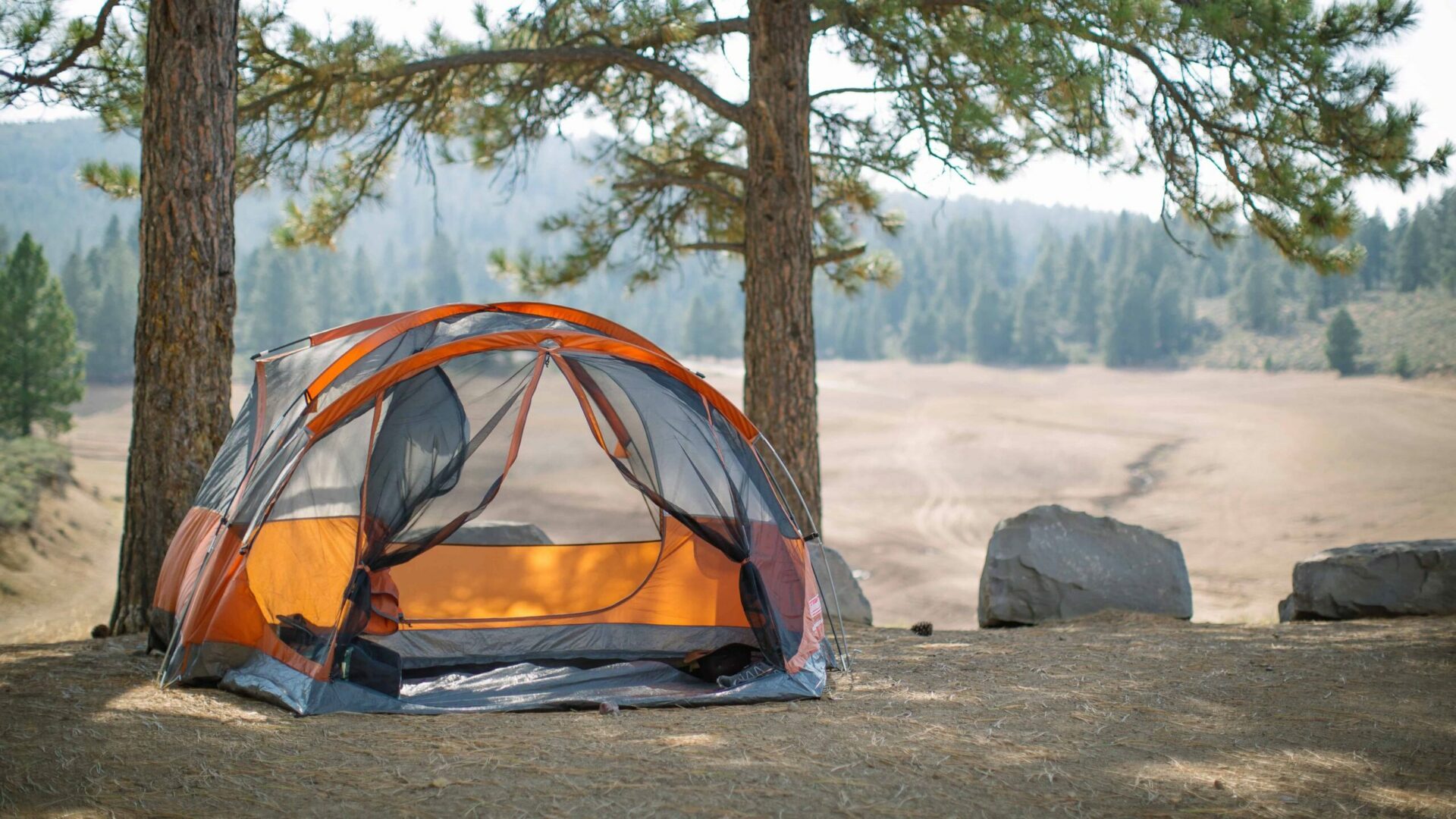
FAQs
Q: Should I buy a tent that has been previously used?
A: Some people buy tents that have already been used because they are less expensive. However, it is difficult to tell if a tent has been damaged because of its prior use or just from normal wear and tear.
Q: What about buying a used tent online?
A: If you are planning to buy your tent from an individual, be very wary of the condition it is in and whether or not you will have a refund policy if there are issues with it.
Q: How do I clean my tent?
A: Always check the manufacturer’s instructions before you begin cleaning your tent. If it is machine washable, run it through the normal cycle. If not, then you can scrub it with a brush and mild soap to remove dirt or stains. Rinse thoroughly and allow it to air dry.
Q: What are the main futures of a tent?
A: The three most common features of tents are zippers, poles, and seams. Zippers should move smoothly without snagging or getting stuck. Poles should be sturdy and in good condition, with no sharp edges that could tear the fabric of your tent. Finally, seams should be tight and there shouldn’t be any loose threads.
Q: How can I tell if a tent is waterproof?
A: One way to tell if a tent is waterproof is to look at the seams. If you see any cracks or spaces in it, then water can get inside of it. Another way to check if the tent is waterproof is by using a spray bottle filled with water on some different parts of the fabric. If no water seeps inside, then it is probably waterproof.

